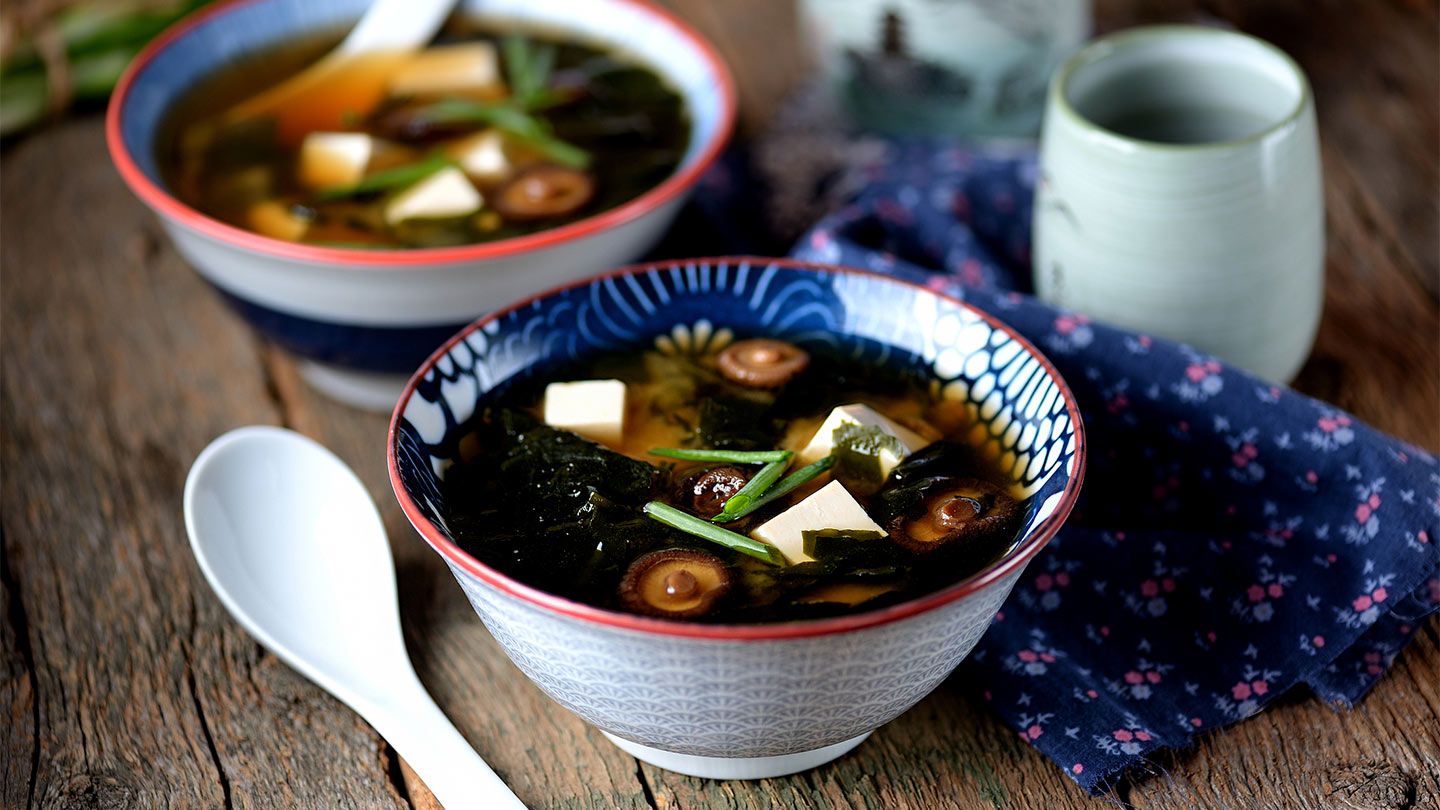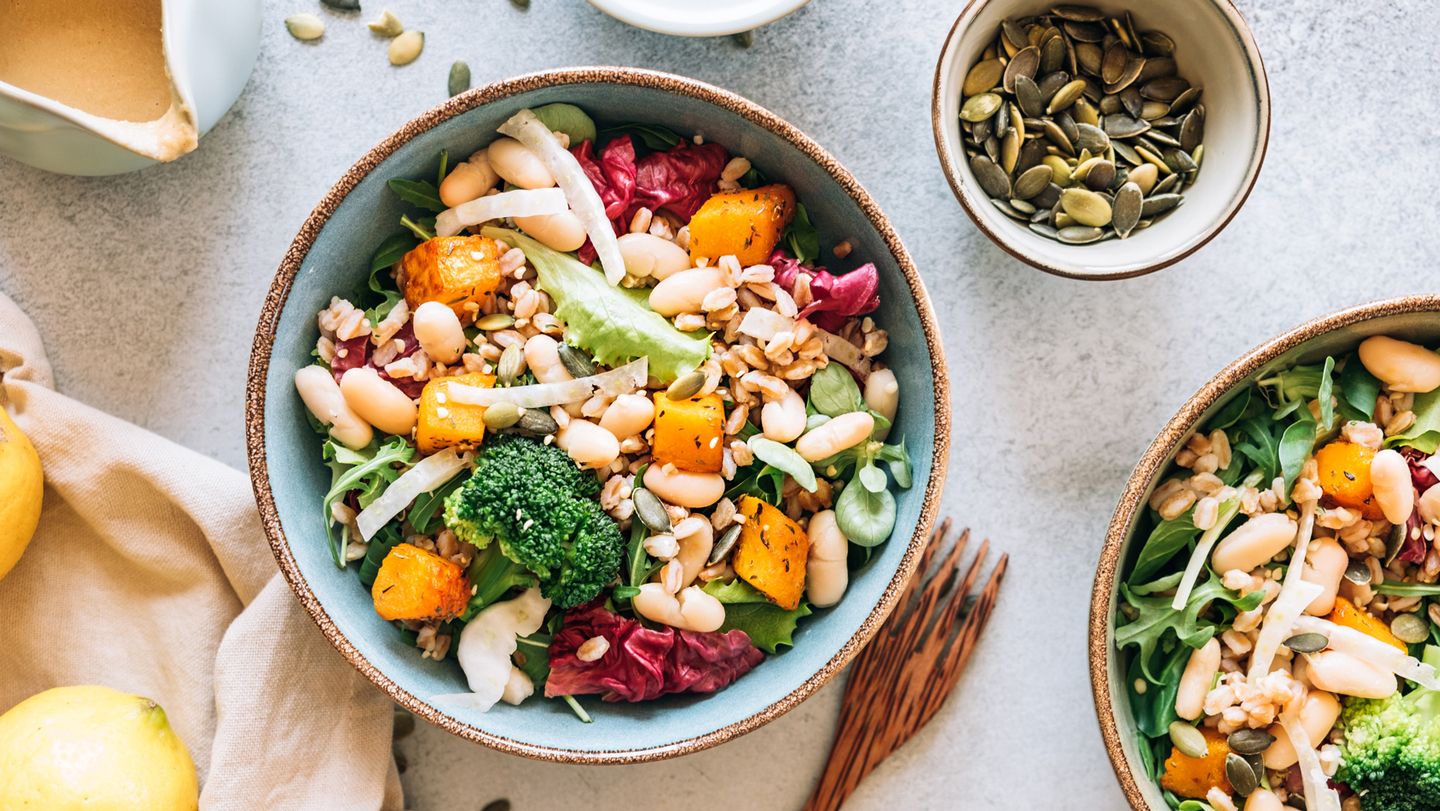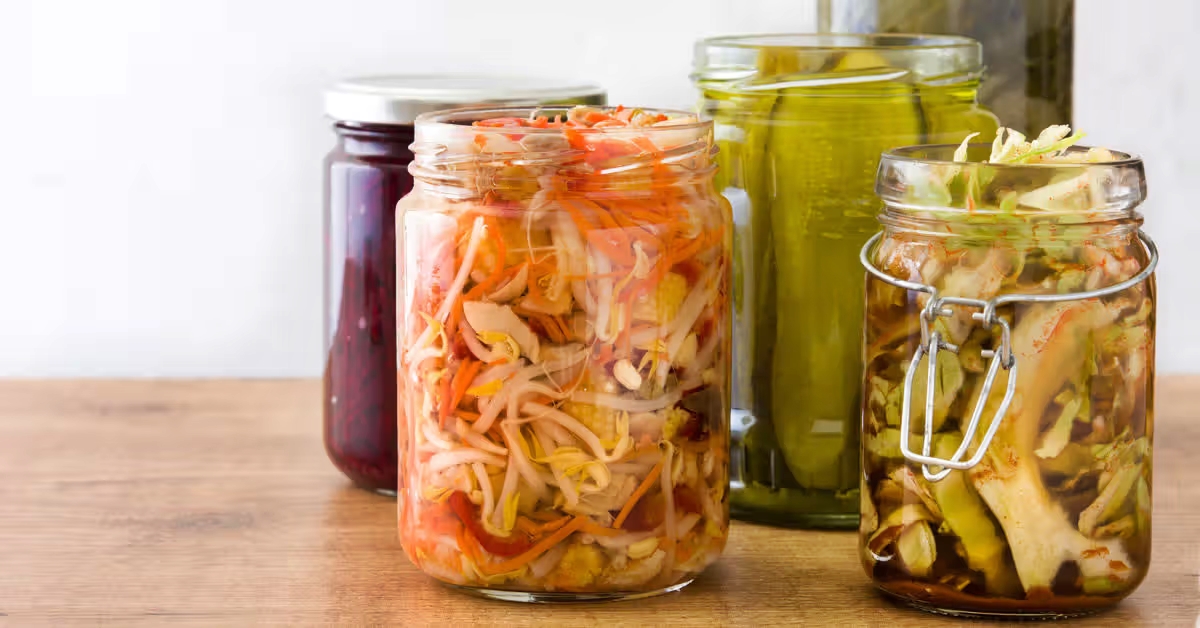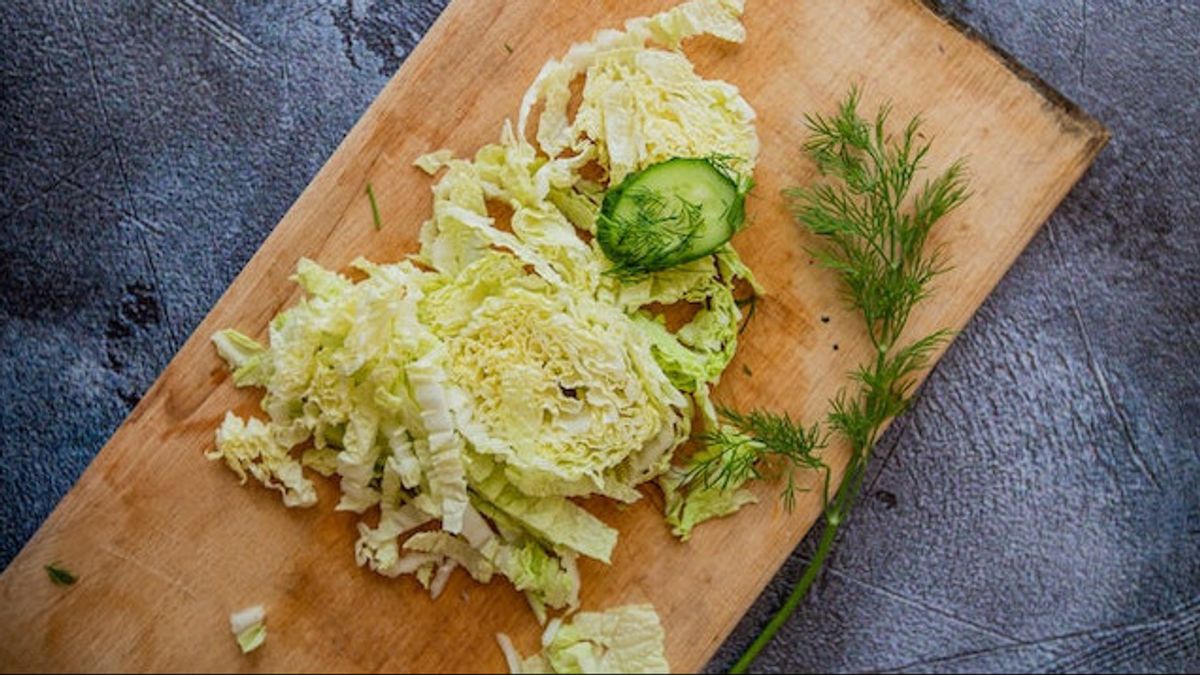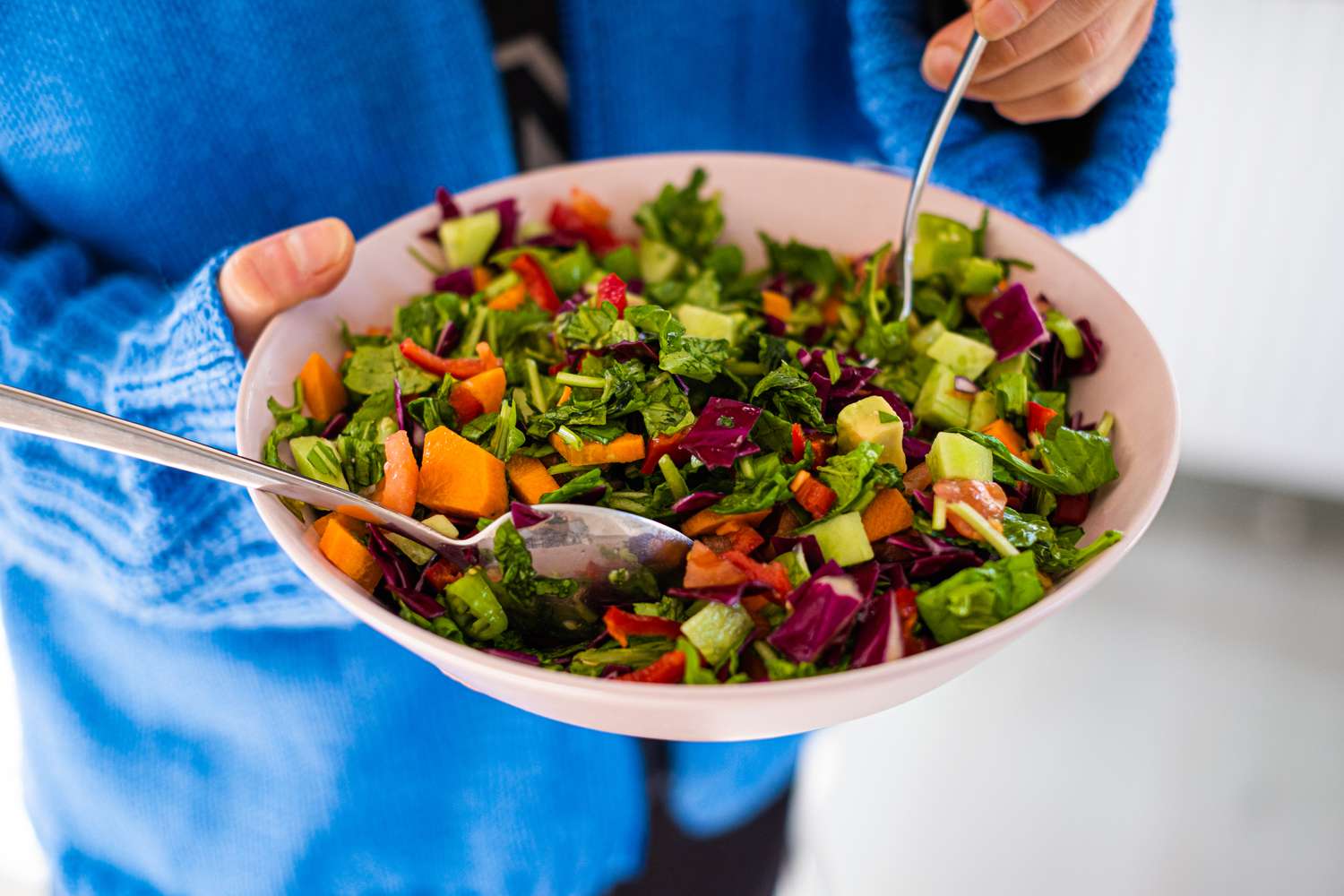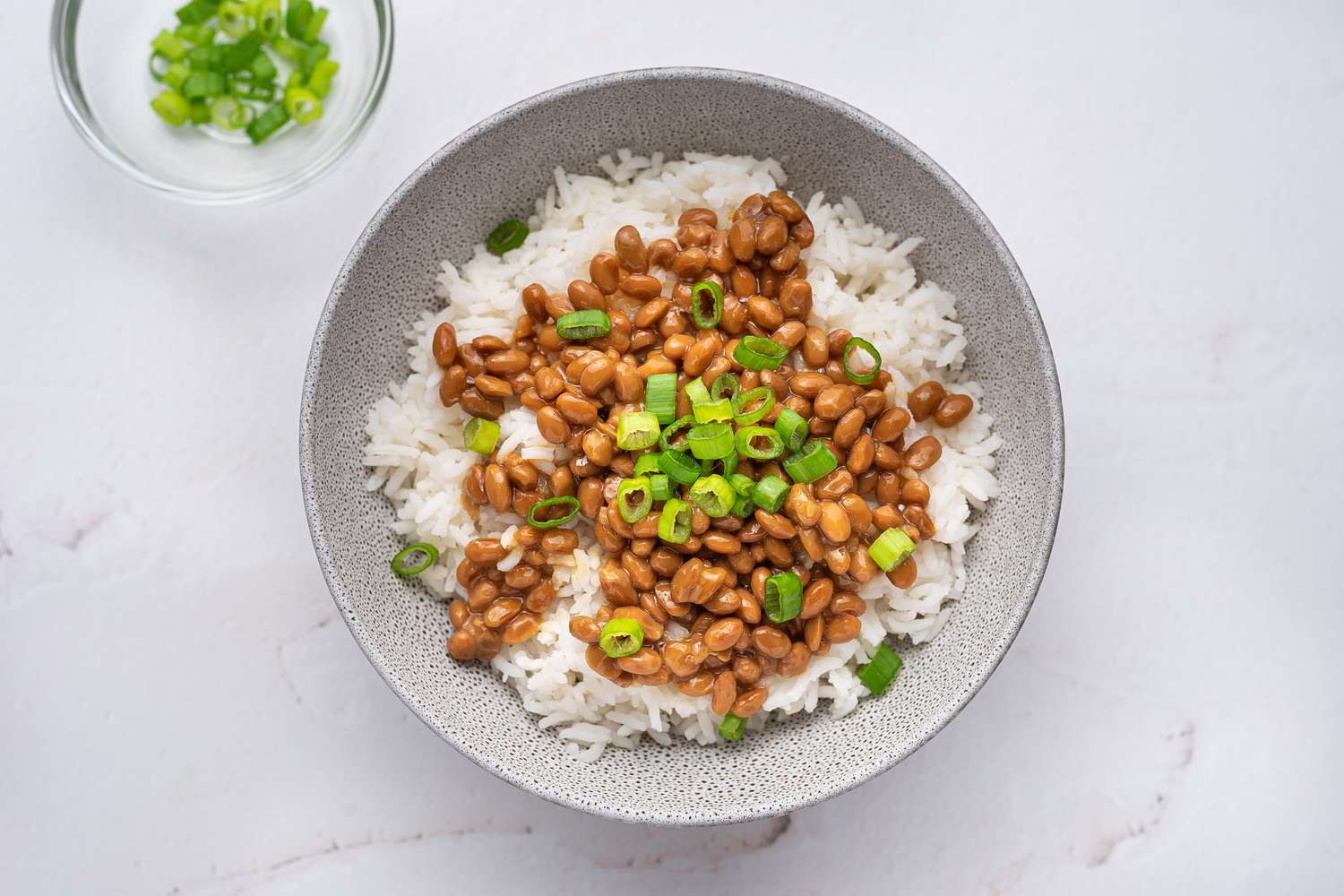Why You Should Eat More Fermented Foods
Fermented foods have been a part of human diets for centuries, and for good reason. They are not only delicious but also offer a wide range of health benefits. Fermentation is a natural process that involves the breakdown of carbohydrates by bacteria, yeast, or other microorganisms. This process not only preserves the food but also enhances its nutritional value.
The Health Benefits of Fermented Foods
There are numerous reasons to incorporate more fermented foods into your diet. Some of the key benefits include:
- Improved Digestion: Fermented foods are rich in probiotics, which are beneficial bacteria that support gut health and aid in digestion.
- Enhanced Nutrient Absorption: The fermentation process can increase the bioavailability of certain nutrients, making it easier for your body to absorb and utilize them.
- Boosted Immune System: Probiotics found in fermented foods can help strengthen the immune system and reduce the risk of infections.
- Reduced Inflammation: Some fermented foods contain anti-inflammatory compounds that can help alleviate inflammation in the body.
- Support for Mental Health: The gut-brain connection is well-established, and consuming fermented foods may have a positive impact on mental well-being.
How to Incorporate More Fermented Foods Into Your Diet
If you’re looking to increase your intake of fermented foods, there are several simple and delicious ways to do so:
- Start with Yogurt: Yogurt is one of the most popular fermented foods and can be easily incorporated into your daily routine. Opt for plain, unsweetened yogurt for the highest probiotic content.
- Experiment with Kimchi and Sauerkraut: These traditional fermented vegetables are packed with flavor and can be enjoyed as condiments or side dishes.
- Try Kombucha: This fizzy, fermented tea is a refreshing beverage option that also provides probiotic benefits.
- Include Miso in Your Cooking: Miso paste adds a rich, savory flavor to soups, marinades, and dressings while offering probiotics.
- Explore Fermented Dairy Products: In addition to yogurt, consider trying kefir, a tangy fermented milk drink, or aged cheeses with probiotic cultures.
Tips for Making Your Own Fermented Foods
If you’re feeling adventurous, you can also try making your own fermented foods at home. Here are a few tips to get you started:
- Start with a Simple Recipe: Begin with an uncomplicated recipe, such as homemade sauerkraut or pickles, to familiarize yourself with the fermentation process.
- Use Quality Ingredients: Opt for fresh, organic produce and high-quality salt to ensure the best results.
- Invest in Fermentation Tools: Consider purchasing fermentation weights, airlocks, and mason jars to make the process easier and more consistent.
- Be Patient: Fermentation takes time, so be prepared to wait for the flavors to develop and the beneficial bacteria to do their work.
Final Thoughts
Adding more fermented foods to your diet can be a simple and enjoyable way to support your overall health and well-being. Whether you’re exploring new flavors or experimenting with homemade ferments, the benefits of these probiotic-rich foods are well worth the effort. So, go ahead and embrace the world of fermentation for a happier, healthier gut!
